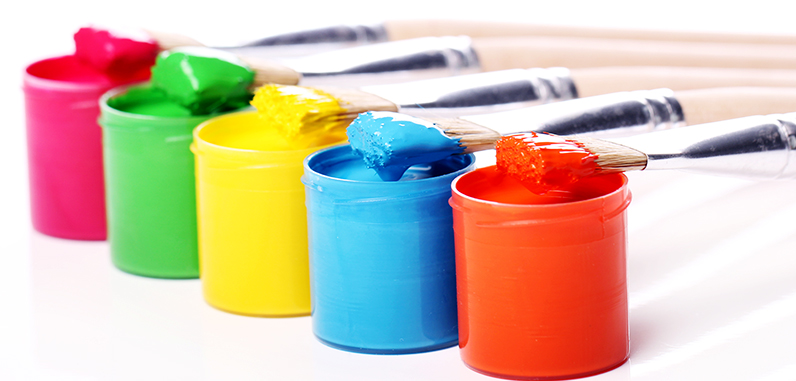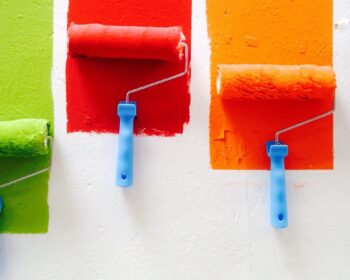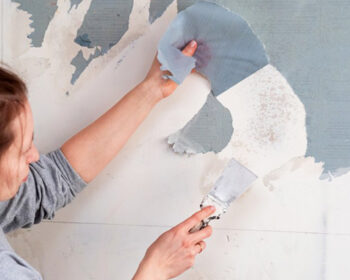
Expensive Paints: Is It Worth It?
The cost of house paint can range widely depending on area you’re painting, whether it’s your kitchen, living room, bedroom, or house exterior. That leaves consumers wondering how to choose the right paint. Should you go for the cheapest on the shelf in order to save some money? Will that mean you’ll end up sacrificing quality and durability? Or should you spend more at the start and opt for the most expensive paint option. Is it worth the investment? Or will that mean you’re paying too much for quality that a less-expensive paint could deliver? To answer that we asked our senior house painter Melbourne for some guidance and we’ll share them in this article.
Less money spends on cheaper paints may seem like a bonus. But it’s likely to only be an upfront bonus. At the end of the day you might spend same amount or even more one less-expensive paint. That’s because in order to get the same result as expensive one, cheaper paint typically requires that you buy and use more of it. Less-expensive paint’s ability to provide even coverage is reduced because it has a lower solids content. You’ll end up needing to buy more paint to get a more even coverage on the wall. Otherwise, you’ll be left with uneven patches.
In contrast, more-expensive paints provide a better coverage. They made up of solvent (water or alkyd), pigment, and binder. Each of these substances play crucial role on giving you better paint coverage. The solvent dissipates as the paint dries, and the pigment and binder remain, with the binder holding the pigment together. The binder and pigment are the solids in a can of paint, and the more that is present, the better coverage you’re going to get on your wall.
When you factor in the cost of time, expensive paints come out on top again. Generally speaking, a single coat of paint takes several hours to a day to dry perfectly. If you’re using a high-quality paint, you’ll only need a couple coats because it has more solids. But cheaper paint has fewer solids so you need more coats. More coats equal more time needed to finish a paint job.
One more thing to remember, you need to prep and prime your walls properly even when you’re using expensive, high-quality paint. Primer helps to create an even surface before you paint your wall. When primed well, your wall will be able to absorbed paint evenly and avoid unattractive patches. It also smooths blemishes that are beneath the surface of the paint. And primer helps to cover up the dark paint when you’re painting over a dark color, so you may be able to get by with fewer coats of paint.





